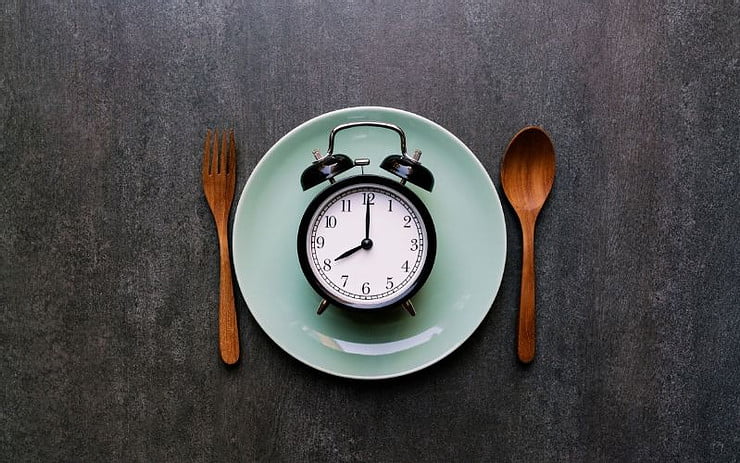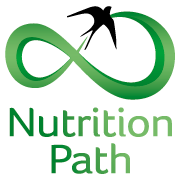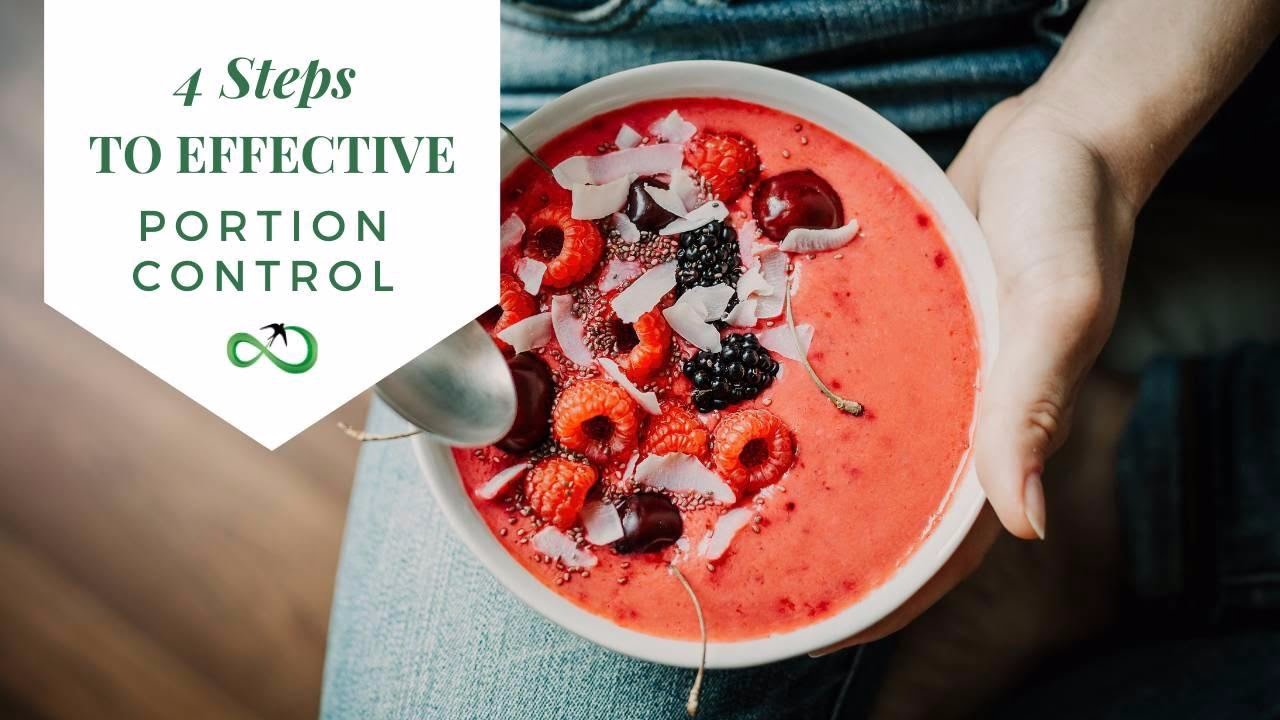A secret to effortless and consistent portion management doesn’t come from measuring, weighing, calculating or obsessing around food. It doesn’t come from “syns” avoided and it certainly doesn’t come from simply reducing the points you’re “allowed” to have in a day. To some, my 4 steps to portion management may even sound counter-intuitive.
The truth is that the more calculation, measuring and weighing (the food and the body) comes into place, the more obsession around food and unhelpful habits, such as compulsive eating, can emerge.
From years of working with driven women towards eliminating bingeing, emotional eating and habits of overeating, I’ve discovered the system that works in portion management, long-term. Because it is not just about what you eat, but also how you eat and even how you feel when you eat it is what truly matters, which may affect not only your shape and size but also your mental health, emotions and energy.
I’m sharing the 4 steps you can take now to achieve and sustain effortless portion management.
Step #1- Bring your A-game
And by your “A game” I mean focusing on AWARENESS. This applies from the moment you start thinking about food to the moment you finish your meal and wash up. Bringing awareness to every step of your routines and relationship with food is crucial to managing portion sizes effectively and consistently.
Start with becoming aware of how hungry you are. Are you eating just because it is time to do so because you are truly hungry or just because you see the food and you feel like you want it? It’s useful to close your eyes and feel into where you are feeling hunger- is it your stomach or around the mouth? Do you feel irritable? Have you gone too long without food and now it feels “urgent” and you are likely to overeat?
Bring awareness to the food you eat- what are the textures, flavours, smells and tastes? You are much more likely to enjoy the food and eat less if you’re present with the food you eat. Become aware of when you are becoming full and when it’s time to stop. However, it is hard to figure all of those things out if you’re distracted or your mind is not focused on the foods you’re eating.
Step #2- Choose the right size
There are a few things that need to be thought through for portion management and effective control. Firstly, start with the size of the plate you are picking. If you are picking a huge plate and only half-filling it with food, it may subconsciously feel like you are eating less than you actually are and it may not fill you up as much and you may come back for seconds. Equally, you may feel like you have to finish everything on your plate, even though you’re already bursting through the seams and you’re only ⅔ there.
And of course, choosing the size of the meal itself where other challenges may appear. If you’re unsure how much food to add to your plate, start with using some simple guidance. Start with filling up around half of your plate with vegetables (both fresh and cooked), then add ¼ of a plate of protein and ¼ plate carbohydrates, plus some healthy fats. I find this is a super effective and easy way to manage portions naturally, without going into calculations, weighing and measuring.
Finally, choose the size of your cutlery. Choose smaller spoons when possible, so you can truly focus on eating mindfully and being present with food, rather than shovelling it in. This will help you eat to your true fullness level. If you notice yourself eating in “autopilot” mode a lot, swap your cutlery around so you eat with a non-dominant hand. That will surely make you focus more and naturally slow down.

Step #3- Set the scene
Start with removing all the distractions during your meals, whether it’s TV, reading, texting or checking emails while you eat. Research shows that people who divide their attention during meal times may eat up to 30% more food than they truly need. Additionally, distractions make it quite tricky to be truly mindful and present with food.
If you find eating at work challenging and mindless, it’s important to carve out time to eat where you can take a break from your desk or workplace. Research indicates that people, who eat at their work desk and just in the workplace altogether may experience high levels of cortisol during the meal, which may contribute towards indigestion, eating more than necessary and weight gain. Aim to take a break from your desk during lunchtime and go for a short walk after lunch for a change of scenery if possible.
Step #4- Pick your pace
Did you know that if you start your meal mindfully, you are more likely to continue? That’s exactly why it’s important not to rush your meals, especially the first few bites. Once the plate is ready, take a few deep breaths, relax and arrive at the table.
Once you start eating, focus on the textures, smells, colours and tastes of food. Which elements of your meal you normally don’t notice or pay attention to? Are you thinking about the list of things you’ll have to do after you finish? Bring yourself back into the room and focus on the one thing that’s most important in the moment.

It takes around 20 min from your first bite for your body to recognise that food has gone in and to start sending you the first satiety signals. To many, this well after finishing a meal and possibly having a second helping. If you want to truly learn to listen to your fullness, make sure you eat for at least 20 min, even if the first few times that means setting an alarm clock until you get used to the pace.
If eating for 20 min sounds incredibly boring and like a torture, take small breaks by putting your cutlery down, taking breaths in between your bites, focusing on the conversation if you’re eating with company and periodically come back to the taste, textures and other mindful aspects of your meal.
At first, implementing mindful eating and focusing on the pace of your meals may feel completely alien if you’re used to doing things a different way for a really long time. But don’t give up after one or two times of trying this- keep persevering until it becomes more familiar and gets closer to a habit, you’ve got this.



